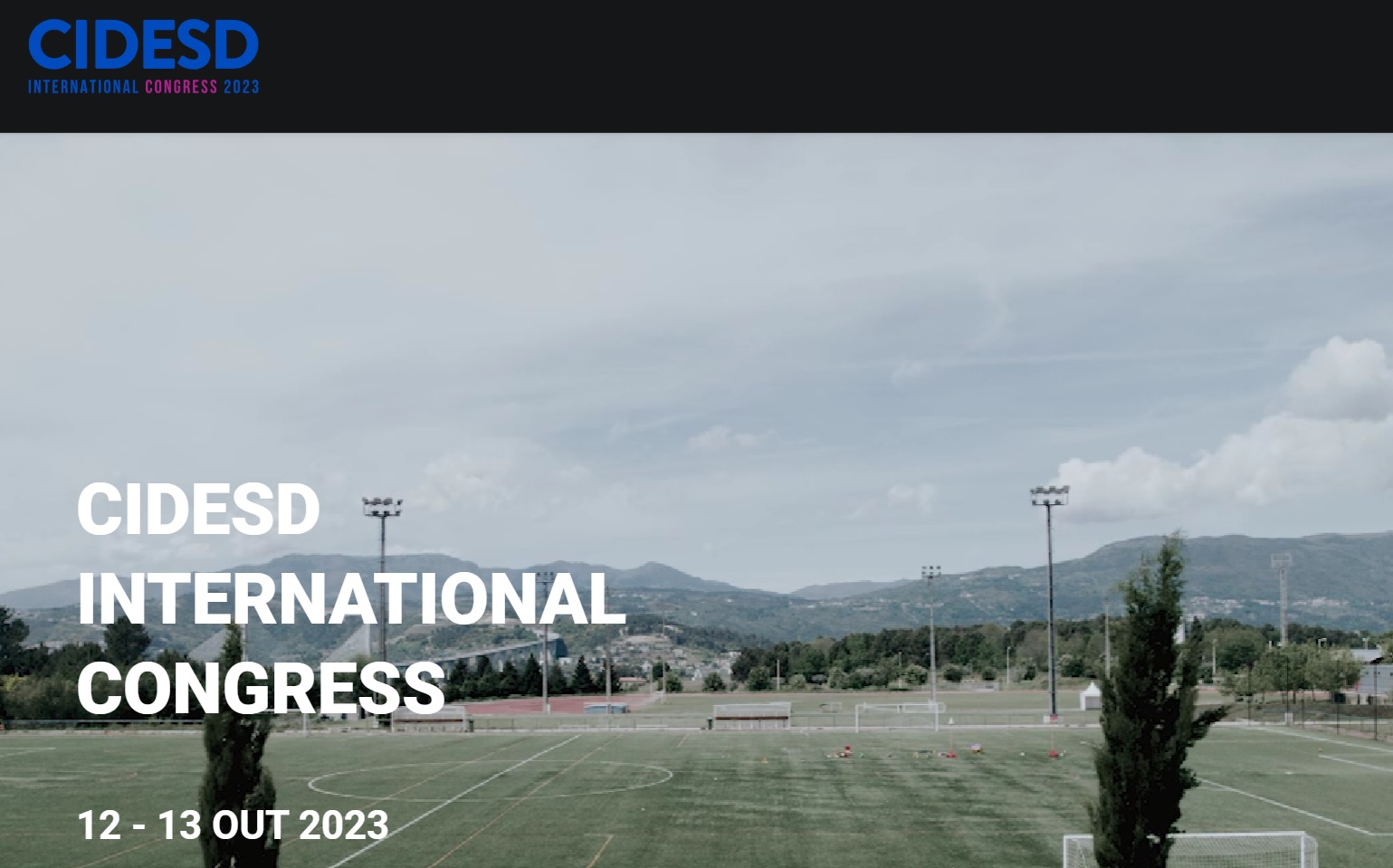Prematurity and Epilepsy: A Bibliometric Analysis
DOI:
https://doi.org/10.6063/motricidade.31589Keywords:
Epilepsy, prematurity, bibliometrics analysisAbstract
Seven point five per cent of births in Portugal in 2021 were premature live births (INE, 2023). According to the medical journal of the American Academy of Neurology, being born prematurely (23-31 weeks) may increase five times the risk of being hospitalised for epilepsy in adulthood when compared to those who were born full-term (Crump et al., 2011). The present analysis aimed to determine research hotspots and prospective directions of the relation between prematurity and epilepsy research. Research about epilepsy related to prematurity was done in Web of Science (WoS) and PubMed database, considering the data between the first of January 2013 and the twentieth of June 2023. The descriptors used were: “(epilepsy OR convulsion OR seizure OR epileptic) AND (prematurity) AND (childhood OR children OR child OR infancy OR pediatric OR kids)”. The data extracted from Software R(V.4.3.0) in R format was analysed in the Bibliometrix program (http://www.bibliometrix.org (accessed 20/06/2023)), and the outcome was organised by sources, authors, affiliations, countries, keywords and the evolution of the research along time. One thousand and eighty-two articles were considered for analysis. Research growth since 2015, especially in 2022, was noticeable. USA, Israel and Australia are the countries with the largest number of publications, which was correlated with the affiliations with more research on the area (Tel Aviv University, Baylor College of Medicine and the University of Melbourne, from highest to lowest) and with the principal used keywords (humans, female, male and “infant, newborn”). The most relevant journal was Pediatric Neurology, and the most cited one was Pediatrics. Thomas Michael O’Shea (17 documents) and Francesco Pisani (16 documents) were the ones with the highest number of publications, and the most relevant affiliation was Columbia University Irving Medical Center (99 articles). The trend topics indicate microencephaly/genetics and “infant, newborn, diseases” as the most recently used. The country with the most citations was the USA (100 citations), and the one with the most collaborations. Portugal's collaborations mainly involved European countries but also with the USA, Egypt, Iran, and Israel. The USA is the country that publishes the most. Despite the large initial number, the most cited and relevant articles focus on a much smaller number. The most studied topics are currently microencephaly, genetics, infant, newborn and diseases. It would be important that future research focus on the relevance of these topics related to the incidence of cases in the population of the most influential countries.
Downloads
Published
Issue
Section
License
The authors of submitted manuscripts must transfer the full copyright to Journal Motricidade / Sílabas Didáticas Editions. Granting copyright permission allows the publication and dissemination of the article in printed or electronic formats, and copyrights start at the moment the manuscript is accepted for publication. It also allows Journal Motricidade to use and commercialise the article in terms of licensing, lending or selling its content to indexation/abstracts databases and other entities.
According to the terms of the Creative Commons licence, authors may reproduce a reasonable number of copies for personal or professional purposes, but without any economic gain. SHERPA/RoMEO allows authors to post a final digital copy (post-printing version) of the article on their websites or on their institutions' scientific repository.


